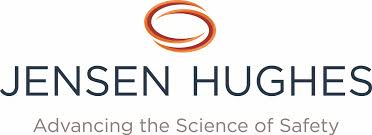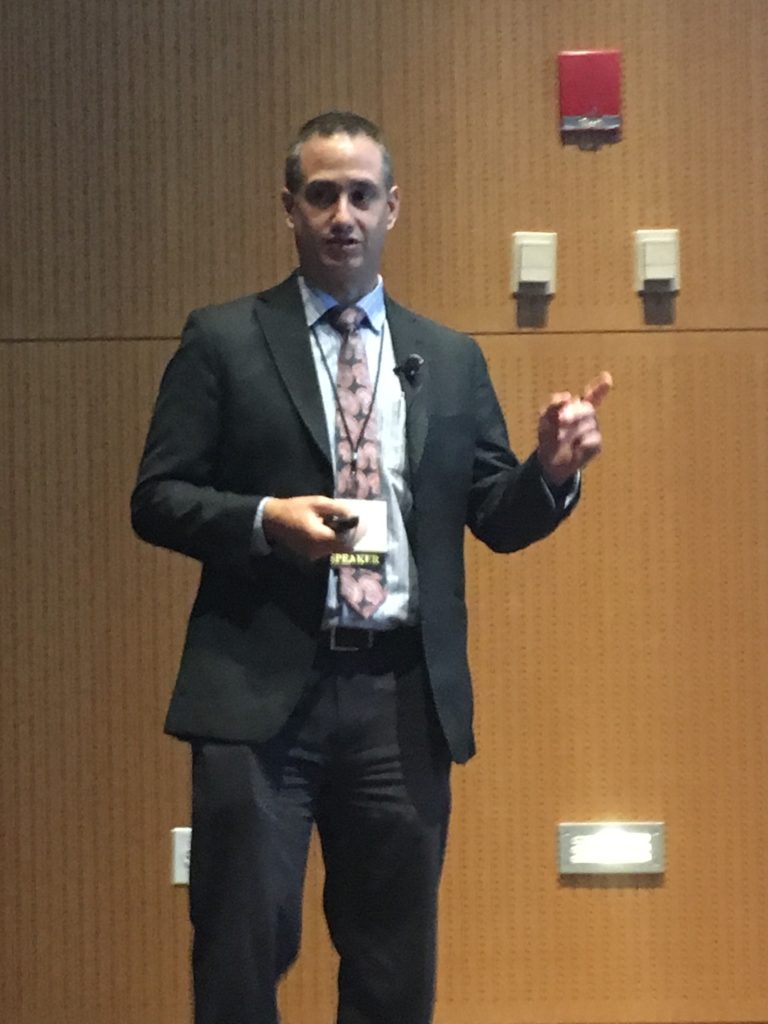
By Tim Kedzuch
To avoid costly snags healthcare providers, building owners, architects, contractors, attorneys and advisers must evaluate complex accessibility issues when converting existing buildings to medical use. Proper due diligence averts surprises and delays and ensures compliance when the first patient comes through the door.

Richard Kelly, RA, senior consultant Jensen Hughes, and Jessica Bellman, practice leader, Healthcare, Jensen Hughes, addressed the top accessibility issues facility owners and managers need to watch out for at the 6th Annual New York Hospital, Outpatient Facilities & Medical Office Building Summit held Sept. 25 at New York-Presbyterian Hospital.
Bellman advises FMs to RE executives to aim for prevention instead of reaction. Patient safety and infrastructure integrity affect your facility’s reputation, but also Medicare/Medicaid can be terminated for reimbursables due to code violations. She says 2018 set a record high for Title III lawsuits in federal court and New York tends to be within the top three states for the number of Title III lawsuits.

Kelly took the attendees through the Top 10 deficiencies from Property Condition Assessment
- Protruding objects – ADA Section 307 stipulates the maximum protrusion of objects into the circulation path. This includes Siamese water connections, assistance buttons, water fountains, fire extinguishers, TV, video and computer displays, fire alarm pull stations, including the plastic covers.
- Parking Space Ids – Which logo is correct? Some states say you have to have the “Accessible Icon,” not just the traditional ISA icon. In New York and Connecticut, you need both signs in order to comply. There are also rules about the fine sign.
- Parking spaces and access aisles – There is a minimum of 60 inches in width. The length is determined by the local zoning code. You cannot have a change in elevation or curb stops. The access aisle requires the entire length.
- Toilet Fixture clearances – Watch for required width for clear floor space. Examine the location of coat hooks, grab bars, flush valves, the height of mirrors and movable obstructions like trash cans.
- Grab bars – Watch out for missing grab bars, obstructed grab bars and the clearance around grab bars. Also, Kelly says the regulations surrounding vertical grab bars are confusing.
- Pipe protection – You need to protect people from getting burnt by pipes underneath, however, if you have a panel then you need knee and toe clearance.
- Door maneuvering clearances – Look for obstructions by partitions, toilets and furniture.
- Accessible routes and door hardware – Clear width is done with a door open 90 degrees. For pocket doors, the latch has to work from both the bottom and top.
- Stairs – Obstructions can’t be there. Watch out for door maneuvering clearances, missing or inadequate handrail extensions, inadequate door hardware, and standpipes creating projections greater than 4 inches.
- Operable parts height and clear floor space depth – Can they reach the toilet covers, toilet paper and fire extinguisher? Can they get to the toilet?
Kelly says to remember:
The ADA is applicable to all covered entities without the need for adoption by a particular jurisdiction. ICC/ANSI A117.1 applies where adopted by the authority having jurisdiction or referenced by another applicable code. The adopting AHJ or code provides the associated scoping requirements. The ADA contains ongoing requirements for the removal of existing architectural barriers to accessibility that apply even when no work is being proposed or undertaken. When codes conflict the requirement of each applicable code must be satisfied.
